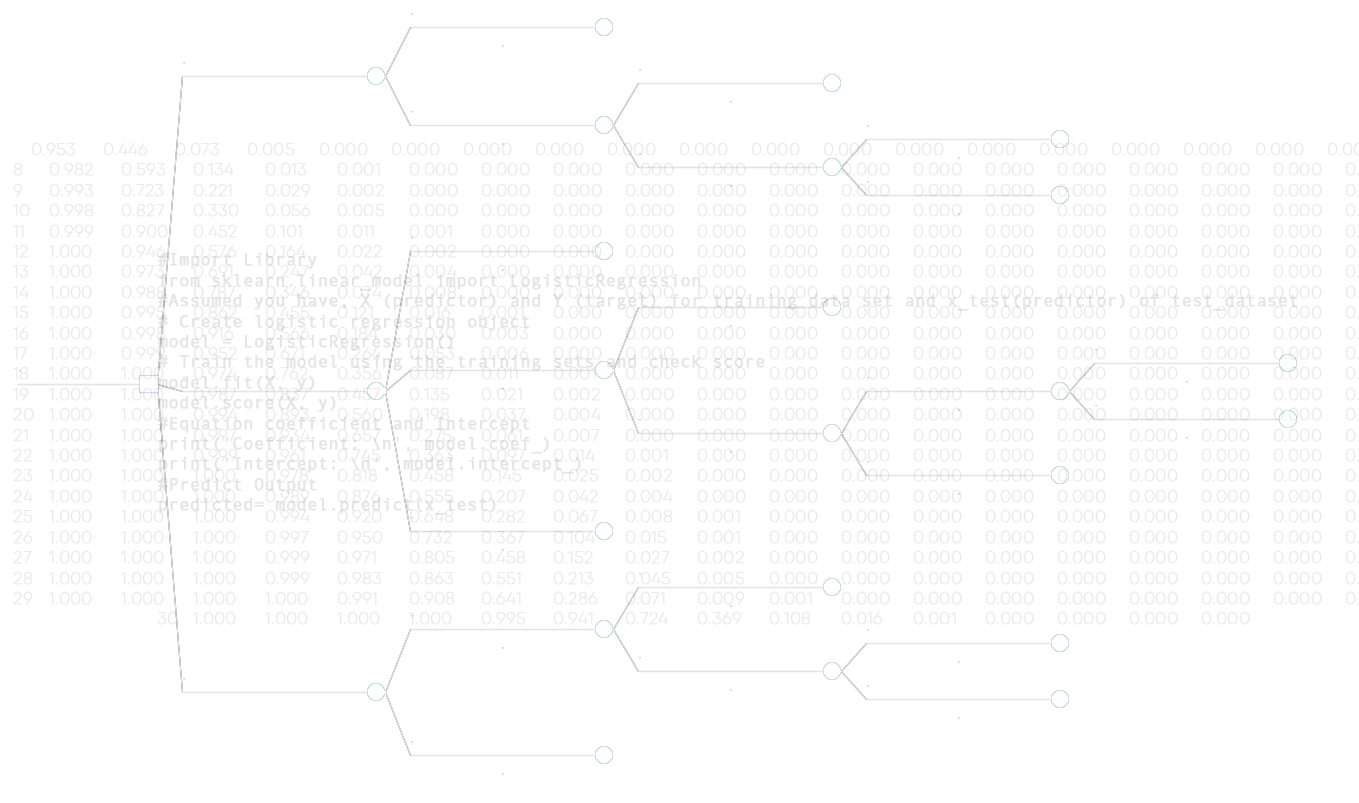
Insights
Trademarking Foreign Words: Should I Include the Accents?
Even though we don’t often use accents—also known as diacritics—in everyday English, brand and product names are filled with words containing diacritics—from Hermès, L'Oréal Paris, and Lancôme, to Uterqüe and Castañer. To ensure the enforceability of your trademark, you will want to make sure to include things like accents and cedillas if the context calls for it in your trademark application.
5 Types of Unconventional Trademarks
Trademarks are typically thought of as slogans, logos, or brand names, but trademarks can be so much more. This post discusses 5 unconventional types of trademarks.
Is Your Trademark Distinctive Enough To Be Protected Under Federal Law?
The purpose of a trademark is to distinguish goods/services and their source from other goods/services in the marketplace. To further that purpose, federal courts have created a sliding scale under which the degree of protection a mark receives depends on its level of distinctiveness. The five categories, in order from least distinctive to most distinctive, are: (1) generic marks, (2) descriptive marks, (3) suggestive marks, (4) arbitrary marks, and (5) fanciful marks. Below is a brief description of each category and the level of protection a trademark that falls in that category receives under federal law.
Trademarks 101 - What You Need to Know to Protect Your Business Trademarks
Your business name and brand are some of its most important and valuable assets. Here are the basics of what you need to know to protect your business trademarks.




